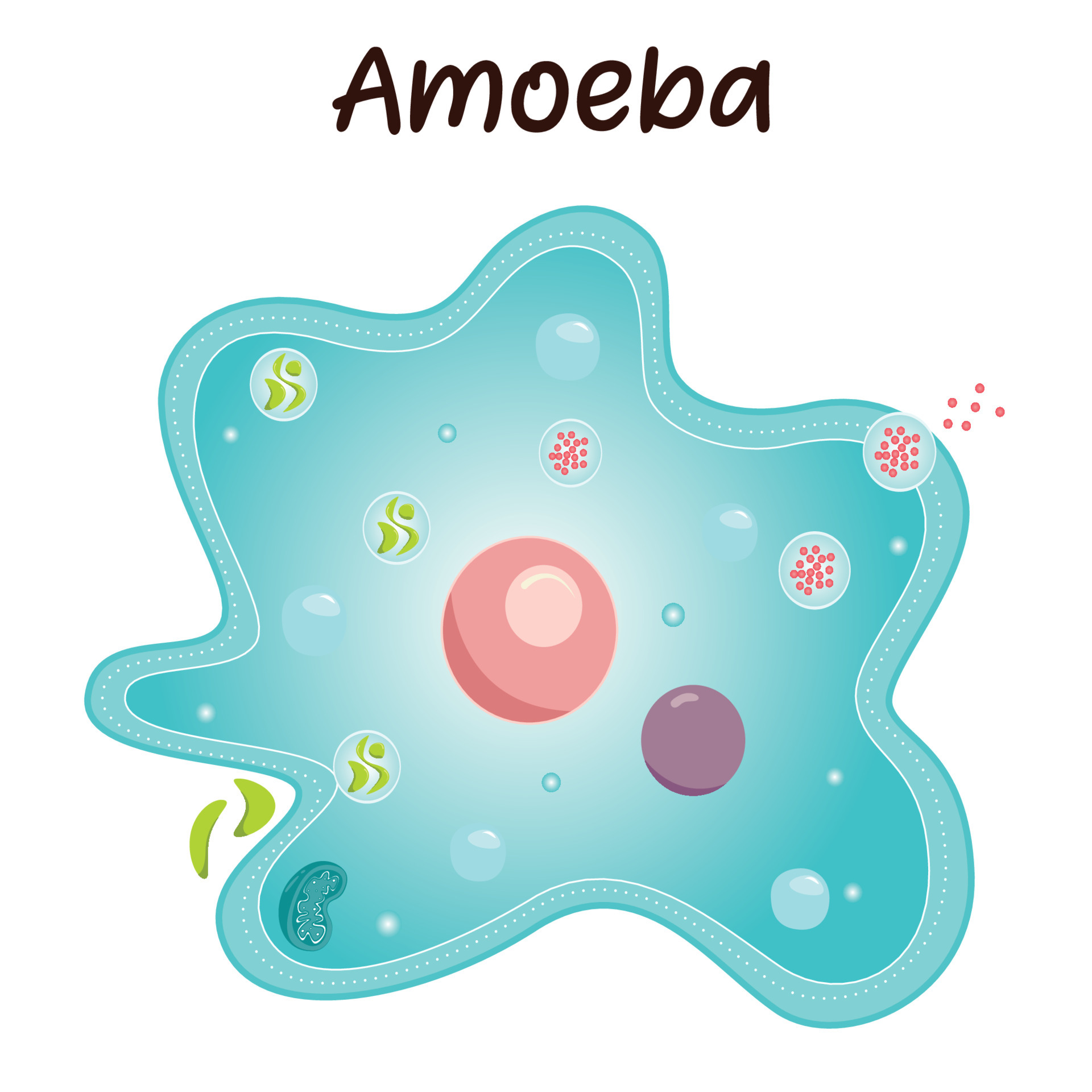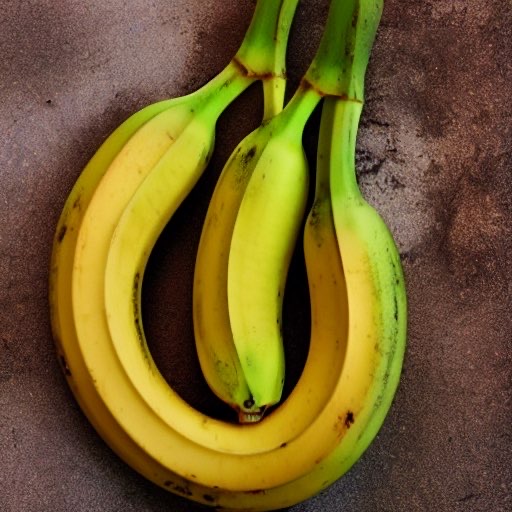My workplace has restaurant-style drip coffee makers and they use a paper filter. But are all paper filters equally effective at blocking the diterpene boogaboo?
It looks like any type of brewing except boiled, and whatever the hell those two espresso datapoints were, are fine.
Is it me, or did the article essentially just say:
🤷♂️
Link to bypass the enormous amount of partners in the cookies.
Wow that sample distribution for espresso…
Mmmmmmm, Liquid coffee concentrate!
Just like mom used to make!
I seem like it’s better to stick with paper filters. I wonder if an aeropress filter is good enough for catching those compounds though.
I use a metal filter in mine 😬 I wonder if not bringing it to a boil helps, I make mine at 195F/~90C
While quickly looking into it, I didn’t find relevant information about the effect of temperature, unless you like to extract cafestol using methanol. That will spice up your morning brew!
However, I did find this graph, that shows the effect if roast level. Dammit, why did it have to be this way. I don’t even like dark roast.
Regardless, temperature usually has an impact on extraction rates. Higher temperatures make things happen faster and better as long as we’re not talking about dissolved gases.
wow - Just posted about coffee socks, and I had always thought from the rich oily nature of the coffee that comes from these, that the diterpene levels were high. This is the first data I’ve seen that argues otherwise and I think it’s great news for one of my favorite brewing techniques!
how many espresso shots in a month does it take for me to equal one cheeseburger
This is done by volume, not by serving, so a serving of espresso is still comparable with other brew methods.
Only buy cheese that’s low in cafestol…
Good coffee makes my diterpene hard.







